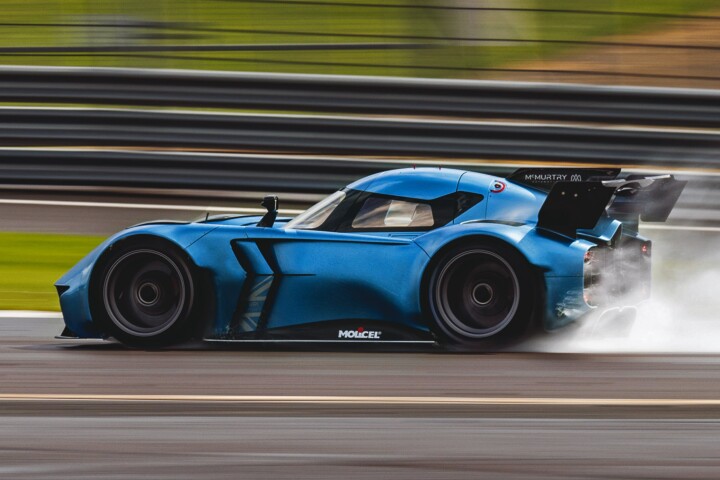A month after Natron Energy began its first-of-kind sodium-ion battery mass production, Swedish sodium-ion developer Altris has identified a means of making the lithium-free batteries even more sustainable. Together with partner Stora Enso, it's adapting tree pulp-sourced carbon toward use as an anode material.
A byproduct of wood pulp manufacturing, lignin has long been investigated for possible use as a more sustainable electrode material. Finnish renewable materials company Stora Enso made headlines in 2022 when it partnered up with Swedish battery manufacturer Northvolt toward using its proprietary Lignode material in lithium-ion battery anodes. Stora Enso describes Lignode as a hard carbon material refined from lignin.
By teaming with Altris, Stora Enso looks to go even more sustainable while further localizing the European battery supply chain. As we looked at when Natron Energy kicked off production a few weeks ago, sodium-ion batteries eliminate the need for rare minerals like lithium, cobalt and nickel, relying on abundant sodium that can be sourced locally without harmful mining.

By swapping the graphite typically used in anode construction with natural byproduct-sourced Lignode, Altris and Stora Enso can further cut reliance on Chinese imports, the source of more than 90 percent of the European Union's graphite, working to secure a local EU supply chain. Stora Enso also says Lignode anodes come with the promise of faster charging and discharging rates.
Stora Enso calls itself one of the largest privately owned forests in the world, owning and leasing over 5 million acres (2 million hectares) of land. It's been processing wood pulp at its mill in Kotka, Finland for over 80 years and extracting lignin on an industrial scale since 2015. It began pilot production of Lignode in 2021 and is now working to expand to commercial scale.
The company points out that 20 to 30 percent of a tree is composed of lignin, making it abundantly available and readily replaceable with sustainable forest management practices, going so far as to say the Lignode-inclusive Altris sodium-ion cells have the potential to become the world's most sustainable battery.
"Bio-based materials are key to improving the sustainability of battery cells," Stora Enso senior VP Juuso Konttinen said in the joint announcement this week. "With Lignode having the potential to become the most sustainable anode material in the world, this partnership with Altris aligns perfectly with our common commitment to support the ambition of more sustainable electrification."

Over on the other side of the battery cell, Altris makes its cathode out of Prussian white, made from abundant, inexpensive, non-conflict materials like iron, nitrogen, sodium and carbon. Like Natron's Prussian blue, it is free from rare, problematic minerals like lithium and cobalt.
Does a "world's most sustainable" sodium battery with wood pulp-derived anode sound too good to be true? Well, for now it is. Beyond the fact that the ink has barely dried on the collaboration announcement, Altris has yet to begin commercial production and still refers to itself as a sodium-ion battery developer and prototype manufacturer.
Last year, Altris showed a commercial-sized cell with an energy density of 160-Wh/kg, on par with the lithium-iron-phosphate (LFP) batteries used in today's electric vehicles. The cell was developed as part of a research collaboration with Northvolt. Altris CEO Björn Mårlid said at the time the company would target 200-Wh/kg moving forward.
Source: Stora Enso, Altris








